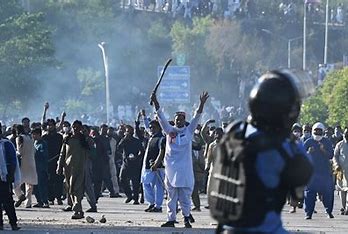Myanmar’s military government has denied reports of a new mass killing of civilians by its troops, instead blaming pro-democracy resistance groups for the deaths of more than 20 people, including three Buddhist monks and a woman. Members of armed resistance groups opposed to the military government have said the bodies of 22 people were found late Saturday in the compound of the Buddhist monastery in Nam Nein village, in the southern part of Shan State in eastern Myanmar.
No independent witnesses have emerged and they blamed the army for the deaths. The military government’s tight restrictions on travel and information make it virtually impossible to verify details of such incidents.The village is about 80 km east of the capital, Naypyitaw.
The area is part of the Self-Administered Zone of the Pa-O ethnic minority. It is governed by the Pa-O National Organization, or PNO, which is allied with the military government.
Other Pa-O support the resistance. Reports of the killings came about a week after accusations that troops earlier this month rampaged through several villages in western Myanmar, carrying out rapes and beheadings and killing at least 17 people. Critics of the military say there is strong evidence that the army has repeatedly carried out war crimes since seizing power from the elected government of Aung San Suu Kyi in February 2021. Opposition to military rule has turned into what some UN experts have described as a civil war. Earlier this month, UN High Commissioner for Human Rights Volker Türk accused the ruling generals of implementing “a scorched earth policy in an attempt to stamp out opposition”.
Anti-government resistance groups and villagers who had fled Nam Nein earlier but kept in touch by phone with the monastery said about 30 people had been sheltering in its main building since fighting in the area escalated last month. Those released on social media by the anti-government Karenni Nationalities Defense Force showed monks and other men with apparent bullet wounds lying near and against the wall of the monastery’s main building.
They also show pools of blood and bullet holes dotting the wall. The Pa-O area is next to Kayah State, where the Karenni, an ethnic minority fighting against the government, are dominant. Maj. Gen. Zaw Min Tun, a spokesperson for Myanmar’s ruling military council, said the violence was initiated by the resistance forces who ambushed army troops and members of an associated militia force, and then entered the village where fighting continued.
He described the resistance forces, the Karenni National Progressive Party — an ethnic minority militia battling the army — and their allies in the Karenni Nationalities Defence Force and People’s Defense Force, as “terrorist groups” that had been posing threats to the area since early this month.















